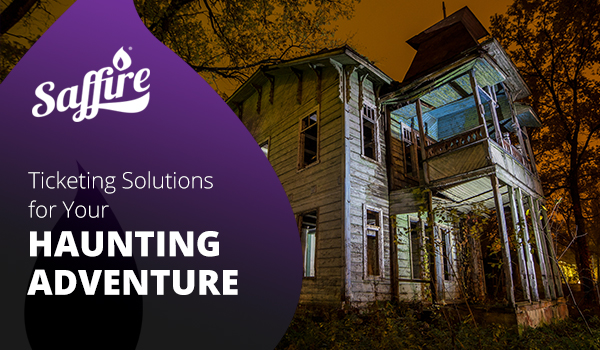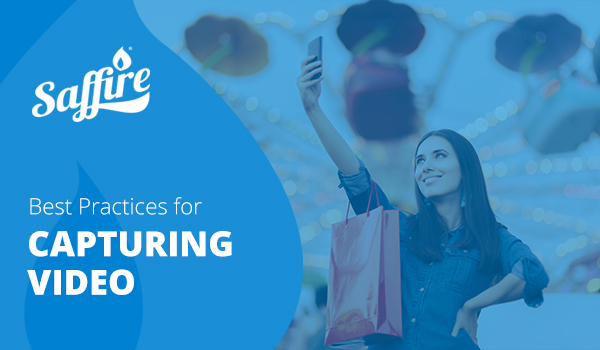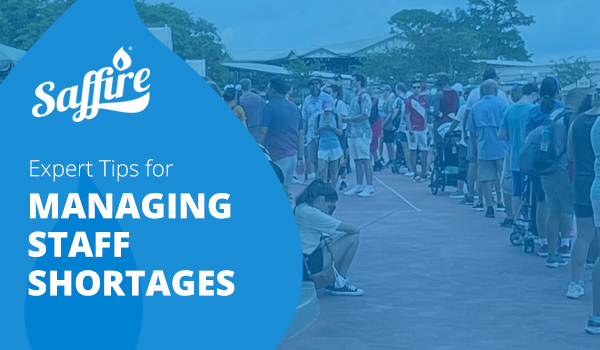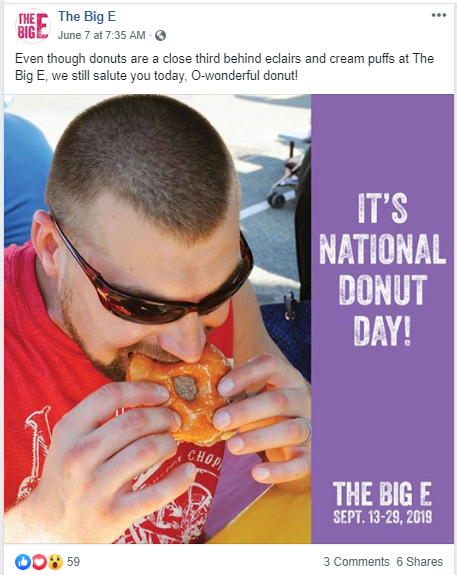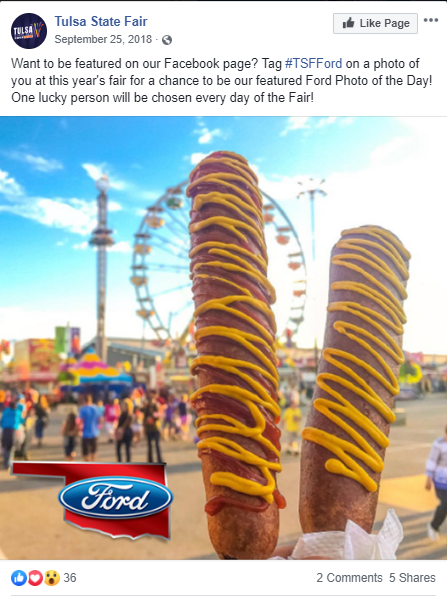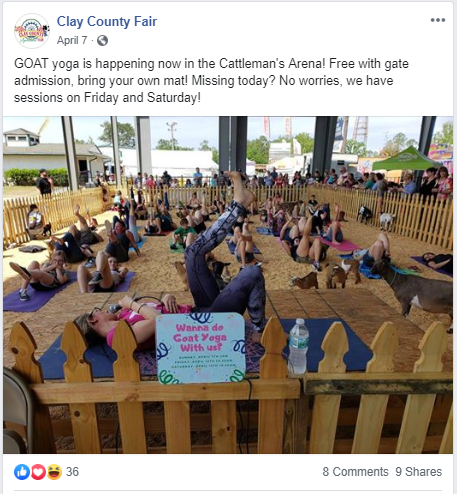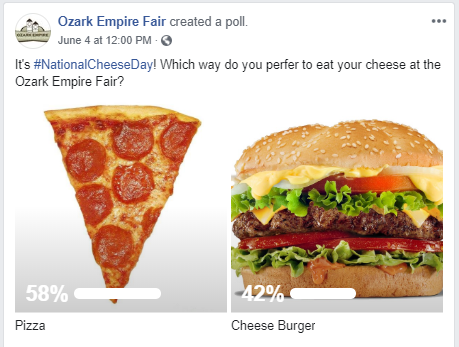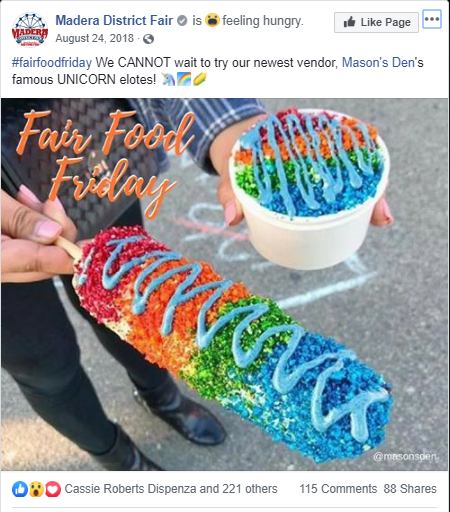With Halloween right around the corner, we enter the season of spooky hayrides, haunted houses, frightening corn mazes and other spine-chilling haunts! But what’s actually scarier than a headless man running after you with a chainsaw? A ticketing company that doesn’t have everything you need to run a smooth event.
So, let’s explore the features your haunted attraction should look for in a ticketing partner so you can deliver a horrifying (but efficient) experience to all your guests.
A Hauntingly Effortless Ticketing Process
First and foremost, you want to make sure people can actually buy your tickets! Look for a partner with an intuitive interface that’s easy to manage–and bonus points for integration! Plus, Most folks are buying their tickets on their smartphones nowadays, so you’ll want to double-check they offer a mobile optimized platform.
Next thing to consider is can you offer the types of tickets you want? From general admission and VIP tickets to group discounts and promo codes, the more ticketing options you have, the better you can meet the needs of your audience.
Making Entry Management Scary Fast
Don’t let long, slow-moving lines frighten away your guests! Instead, use a ticketing system that delivers their tickets directly into their mobile wallet. With a QR code on their smartphone, it only takes a couple seconds (and less gate attendants) to scan tickets and let folks in. You’ll also want to keep people moving once they’ve entered the attraction, so find a platform with real-time capacity monitoring to avoid overcrowding and ensure safety. Additionally, a robust system should allow you to effectively manage re-entry and prevent unauthorized individuals from entering. Access control is crucial to maintaining order and the spooky experience for guests.
Frighteningly Good Reporting
Improving your haunt and its operations should be driven by data! By having access to real-time reports and data collected from customers, you can tailor your marketing efforts to different audiences and optimize pricing strategy based on sales trends. You can also use the data to make your haunted attraction even better for next year–see what specific haunts are most popular and allocate resources during peak times to keep guests enjoying their spine-tingling adventure without long waits or empty scares.
Scream-Worthy Service
You might be running a haunted attraction, but that doesn’t mean you want to be ghosted by your ticketing partner! Whether it’s the haunting season or not, you’ll want to find a ticketing partner that is available year round by chat, email or phone. The ideal ticketing partner will be one of your best allies! So be on the lookout for one with a smart and dedicated team to answer your questions quickly, offer emergency support and promptly offer any assistance. With the peace of mind of a support team that always has your back, you can focus on making the spookiest, scariest haunt possible!
As Halloween approaches, it’s hard to overstate the importance of finding the perfect ticketing partner for your haunted attraction! Look for a partner that can facilitate a seamless ticketing process, keep the lines flowing, collect the right kind of data, and prioritize responsive customer support. With the right partner, you can create bone-chilling experiences that will haunt them long after they leave!
